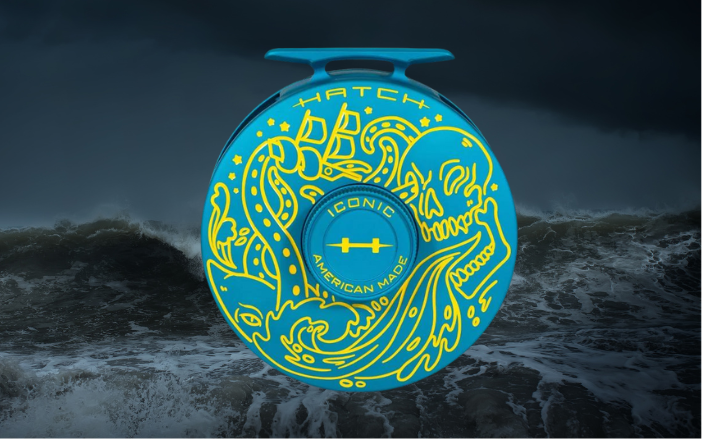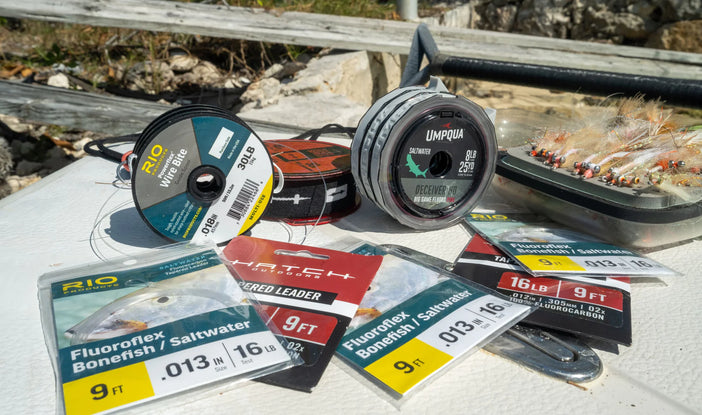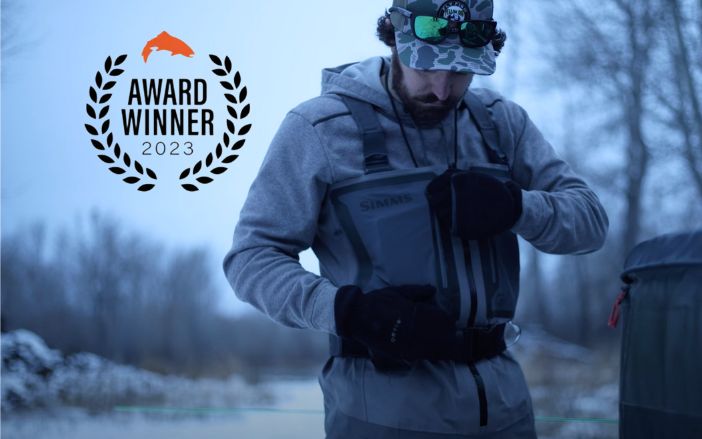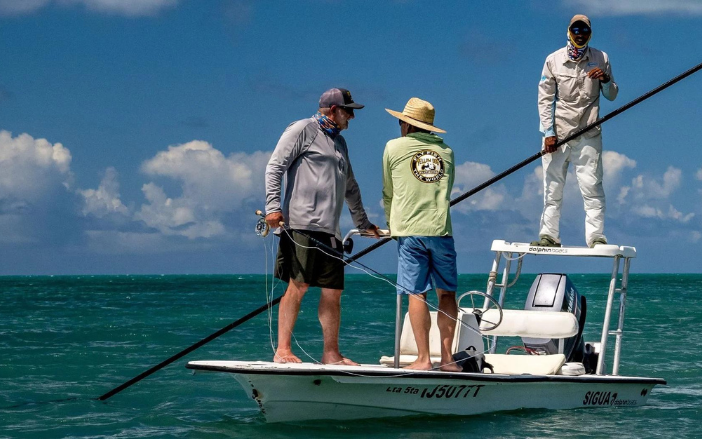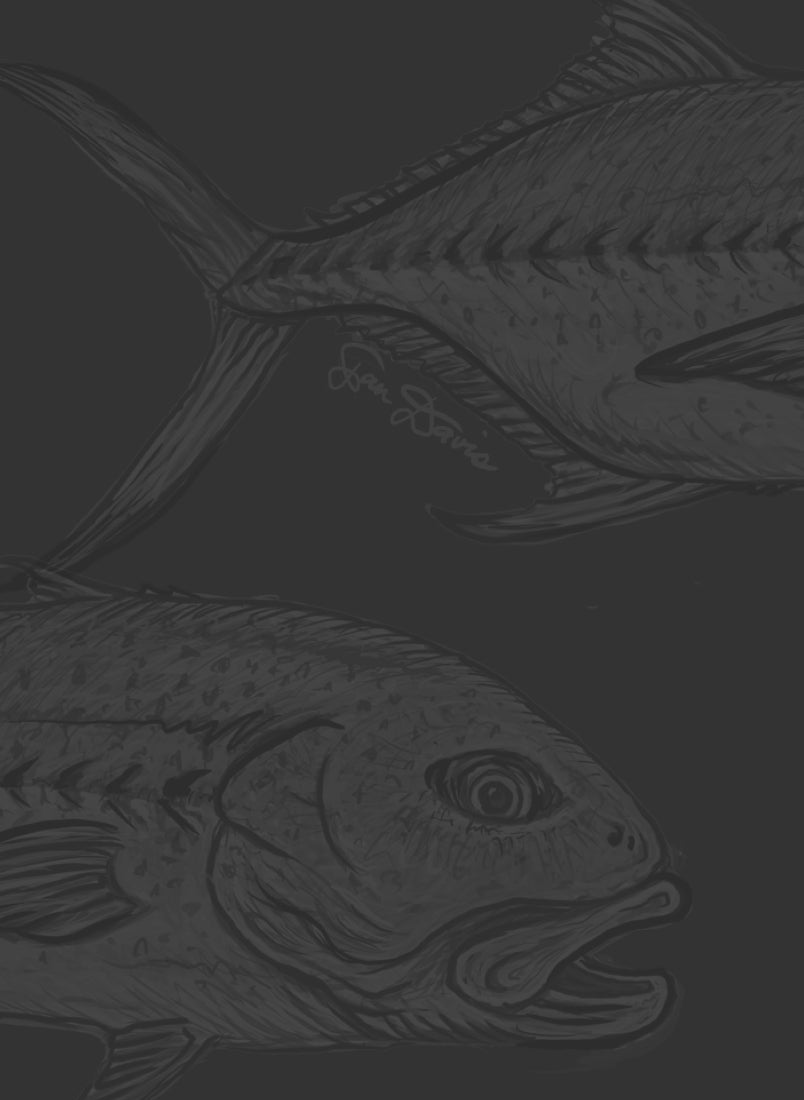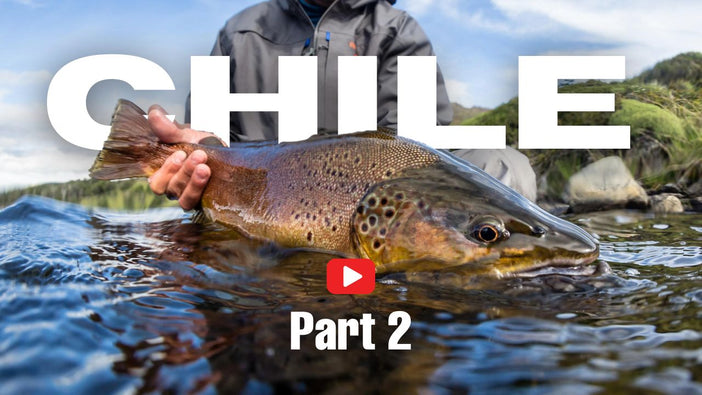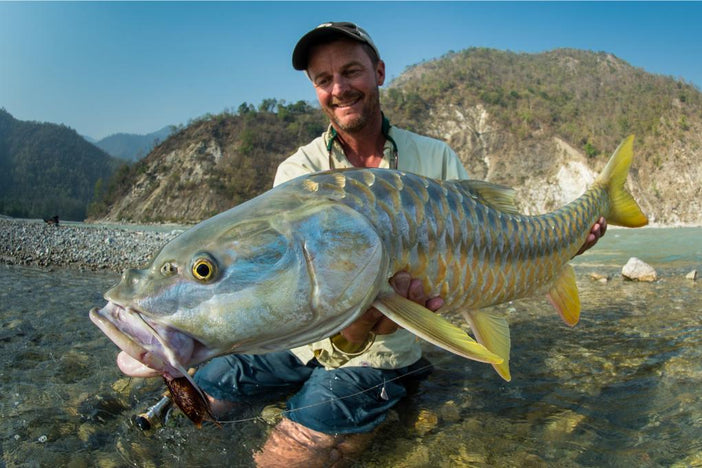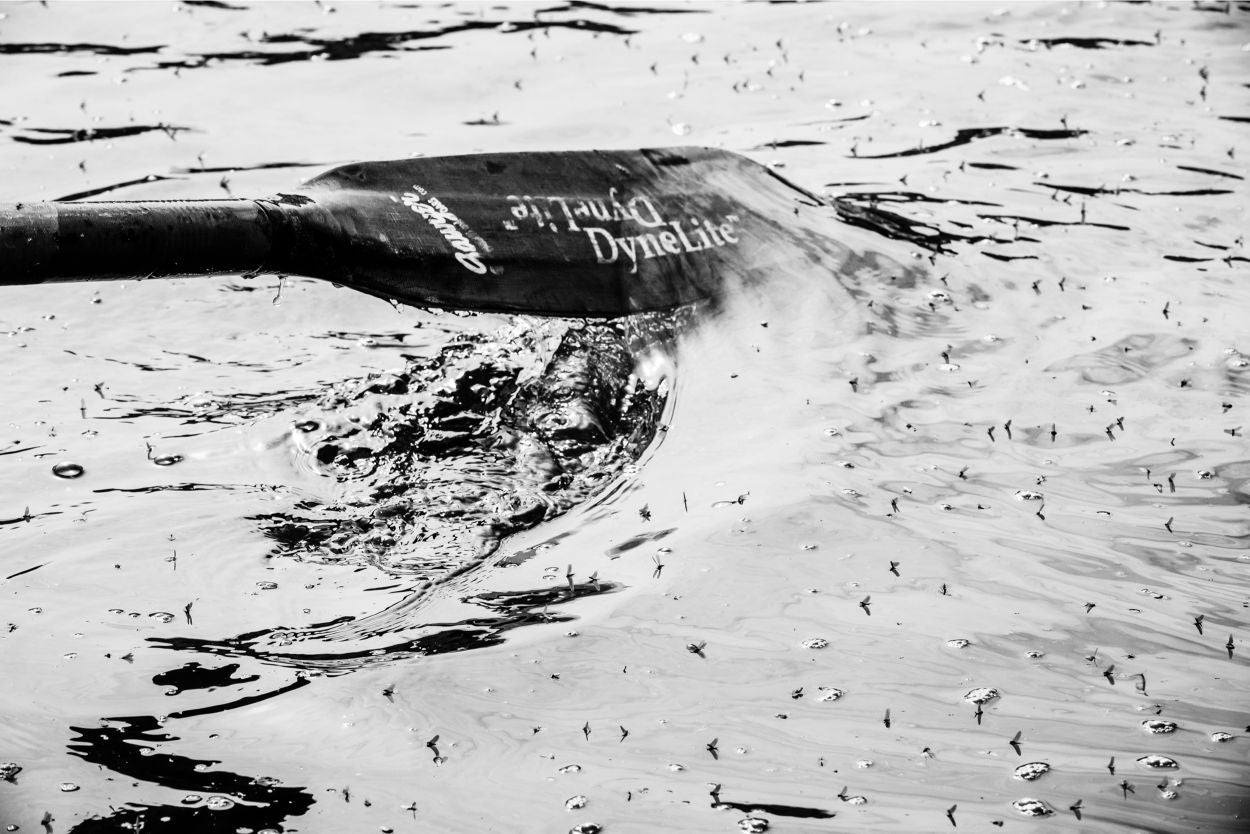Home to world-class rivers and creeks, an angler in Montana can have a difficult time choosing where to fish or what fly to tie onto the leader. Understanding our local hatches is an important step in the right direction when planning a Montana fly fishing trip.
Caddis
Caddis are abundant in our rivers and creeks throughout the year. From the Mother’s Day caddis in late spring to evening caddis hatches and spruce moths in summer to October caddis in the fall, hatching caddis make up a large part of a Montana trout’s diet. Nearly every Montana river has a famous caddis hatch—the black caddis on the Bighorn River, October caddis on the Big Hole, Mother’s Day caddis on the Missouri and Yellowstone Rivers, and spruce moths on the Gallatin. It is possible to find fish feeding on these bugs every month of the angling season. Anglers fishing out of Bozeman, Missoula, Ennis, or on the Bighorn, Madison, or Missouri, will be able to match this exciting hatch many months of the season.
Highlight Hatch: Missouri River Mother’s Day caddis. Named for when it usually occurs, this hatch is slowly gaining in popularity. Combine a trip to one of our destination lodges and you can enjoy some quality head-hunting to rising trout and then enjoy the Craig Caddis Festival.

Mayflies
The most prevalent insect in our waters, mayflies dominate Montana’s hatch charts. For many anglers, fishing during a mayfly hatch is the quintessential Montana fly fishing experience. Beginning in spring March Browns hatch on many of the rivers near Missoula and Bozeman and on central Montana’s Missouri River. Then as the season progresses Blue Winged Olives are next, followed by various species of Drakes. As summer hits and the calendar moves along, Pale Morning Duns and tricos dominate. When temperatures cool in the fall, late-season Blue Winged Olives hatch along with a few other tiny mayfly species.
Highlight Hatch: Pale Morning Duns (PMD) on the Madison. The Madison River’s fifty-plus miles of riffle water is the ideal habitat for this yellow-colored mayfly. Beginning in late June, usually after the salmonflies, PMDs are abundant and the trout respond.

Stoneflies
Because of their relatively short-lived emergence, hatches of stoneflies are highly anticipated but rarely live up to the hype. But when they do, some of the year’s best fishing occurs. Two of our favorite Montana Rivers, the Yellowstone, and the Madison are known for famous salmonfly hatches. Salmonflies, the largest species of stonefly, hatch on most of our freestone rivers immediately after runoff. After the salmonfly, golden stonefies hatch, followed by Yellow Sally stoneflies, then a few species of late summer-time nocturnal stoneflies hatch. These nocturnal stoneflies are rarely seen emerging, but, die-hard anglers in-the-know or with the right guide, can extend their dry fly stonefly season.
Highlight Hatch: The Yellowstone River begins in Yellowstone National Park and from late June through July, anglers can cast these large dry flies in hopes a trout will rise. Local knowledge is key to being in the right place at the right time to get the most out of this hatch.

Terrestrials
If the quintessential Montana fly fishing experience is casting a dry fly to a trout sipping a mayfly, then having a trout smash a large grasshopper pattern as it floats down the middle of the river is like drinking champagne out of the bottle. Terrestrials, or insects and animals living on land that somehow find themselves in the water, can end up in a hungry trout’s belly. Grasshoppers, ants, beetles, crickets, and even a mouse, may fall victim to an opportunistic trout. By early August as hatches wane trout can shift their diet to terrestrials. This can create surprisingly good dry fly-fishing opportunities for those anglers willing to commit to fishing terrestrials. But, being in the right place and the right time is crucial…and the only way to know the right time is to get out there and do it or contact us for current conditions.
Highlight Hatch: Big Hole, Beaverhead, Ruby Rivers. As ranchers begin to cut their fields and grasshoppers need a place to land, these waters can produce some exciting dry fly takes. Late July and through August means a hopper-tunity is possible each day.
+ Listen to this WAYPOINTS Podcast: JAKE WELLS – Planning the Perfect Trip to Montana
Related Articles:







